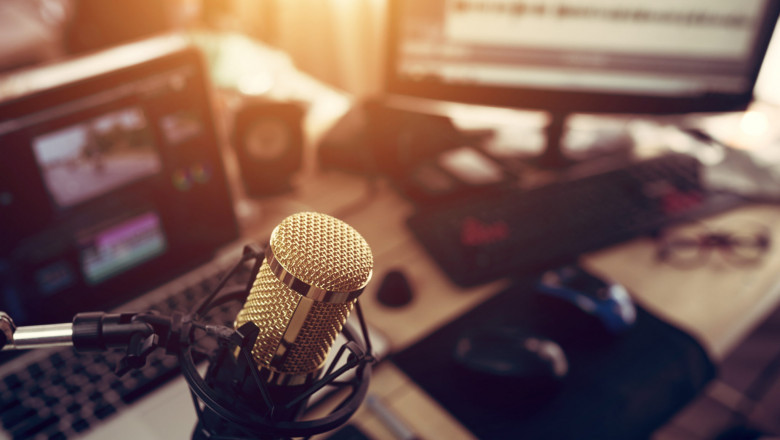453
views
views

Studio monitors are an essential piece of equipment and are commonly used when recording, mixing, or mastering an entire project.


Studio monitors are an essential piece of equipment and are commonly used when recording, mixing, or mastering an entire project. They are important because they will help you understand how your artists' songs will sound on popular speaker systems, thus allowing you to fine-tune their tracks as needed before finalizing them. Unfortunately, with so many choices available today, it can be tricky to determine what makes for a good pair of studio monitors and what types of specs you should look for before deciding on any one model! To save anyone else from going through this same struggle, here's the information that we wish we had received before purchasing our first set of studio monitors:
Basic Understanding
One of the most important aspects which differentiate studio monitors from other systems is accuracy. Sometimes, home stereo speakers can create an exciting bass or treble response that can affect how music is heard and could be misleading when noise is minimized and started on working on mixing your tracks. Unlike home stereo speakers, which may have an exciting bass or treble response, quality studio monitors won't favor any frequencies over others, giving you an accurate and constant neutral sound. This allows you to objectively listen to how different elements of the mix sound at various volume levels to make better decisions about what needs adjusting in each track. In addition, quality studio monitors can recreate transients well, which gives the sound they recreated more complexity and depth.
Choosing The Right Size of Studio Monitors
Studio monitors are available in a range of sizes. In most cases, a pair of near-fields would probably be enough for your home studio. This means that the studio monitors should sit close to your listening position. The largest speaker's cone size (driver) defines the studio monitor's size. This is expressed in inches.
In most cases, depending on the size of your room, you should consider getting 5 or 6-inch speakers. These will be enough if you intend to convert one of your house's bedrooms into a studio. If you have more space, you might consider getting 8-inch ones. Finally, if you plan to treat your studio acoustically, an extra sub-bass speaker might not be bad.
The Bass Response
One of the challenges that many musicians, including producers and DJs, the face is having a pair of monitor speakers that reproduce frequencies with the utmost accuracy by giving their ears the ability to hear what others may not hear at first. While there is no problem listening to music on your laptop or other personal/mobile devices, there are many challenges you will face when you get into listening to music on full stereo systems in clubs, at live events, and will want the state of the art monitors for your recordings.
Get to Know Your Studio Monitors
The truth is that you will need some time to adapt to your monitor speakers. The best way to do this is to make sure that you listen to various songs on it. Not only when monitoring but also after recording. In time, you will discover how your monitors react and adjust for various musical tones, and build up experience with them, so you get the most out of them as possible on what they are good at and their weaknesses.
In a few words, stick to your informed choice of monitors, get used to your new system, and focus on getting the most out of it. If you want to learn more about the best studio monitors for mixing or best studio monitors under 1000, check our websites, and you can refer to our articles.
Source URL: https://www.jbzbeats.com/10-best-studio-monitors-for-mixing/










